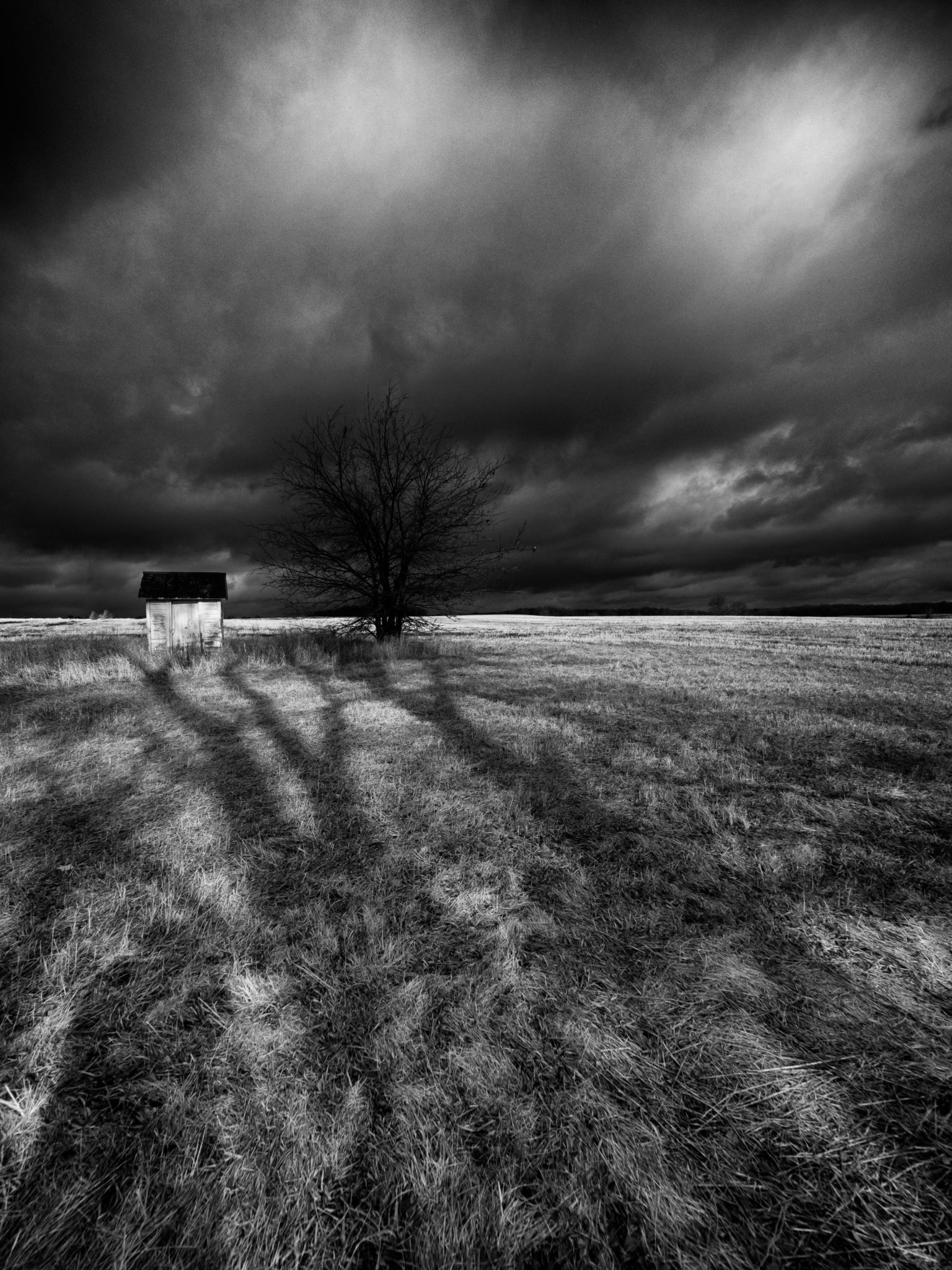“Have you done any photo projects?” This is a question I loathed answering for a long time. I am asked this question several times a year and my response makes me cringe. “No, I haven’t done any sort of photo projects.”
Ugh…Inadequacy. As an Olympus Trailblazer, I am inspired by this type of work from my peers, and I knew it was my turn.
I have always wanted to put together some sort of cohesive series of images. However, over the years I have never found anything that I felt would make a good personal project for me.
I shoot nature photography—sounds vague, I know. I shoot just about everything, including landscapes, weather, animals, insects, plants, astrophotography and so on. I hope you’re starting to see why it’s hard to nail down one subject to call a project when you love shooting the whole outdoors.
After some soul searching (and Lightroom catalog filtering,) it became evident that there is in fact one genre that I shoot more than the rest. Also, after browsing my Flickr stream, I found that the genre I was starting to consider also happens to be the one in which my images really speak to me. Hell, they seem to speak to my Flickr followers the most too! My answer was landscapes, but more specifically, landscapes with interesting or dramatic skies.
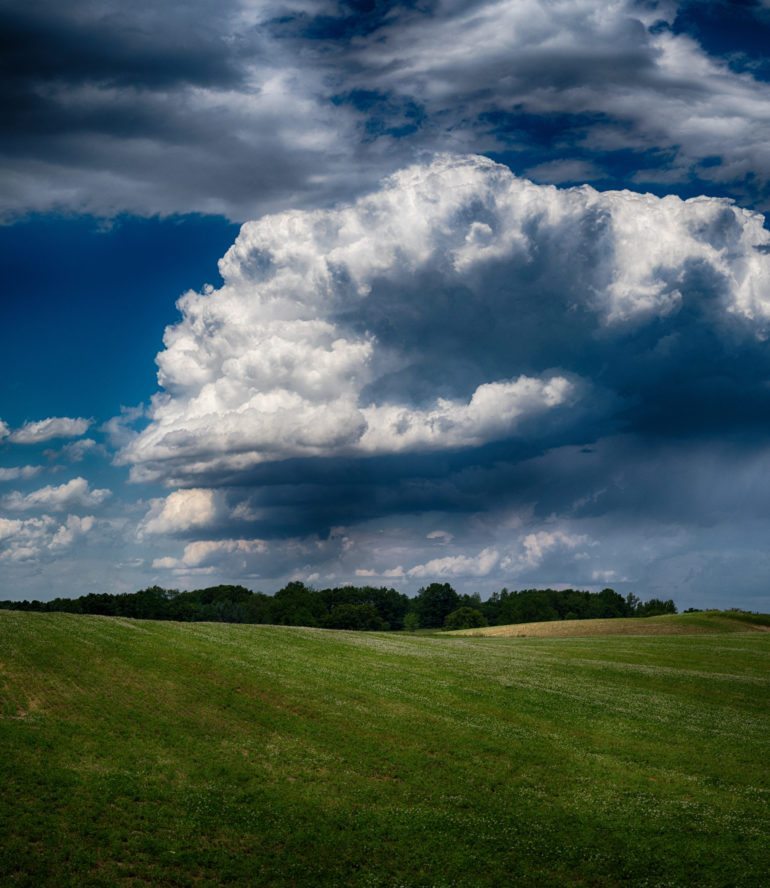
I also have a personal passion for black and white landscapes in particular. Yet, looking at my Flickr feed I noticed I have not been shooting them as often as I had in the past. This realization saddened me.
So, I had determined that I love landscapes with dramatic skies, and I love, but needed to shoot more, black and white landscapes. I was coming close to figuring this personal project out after all.
I then started to pinpoint what it is about my black and white landscapes that was so appealing to me and it hit me like a ton of bricks. My favorite black and whites were all processed in a way that rendered a black sky.
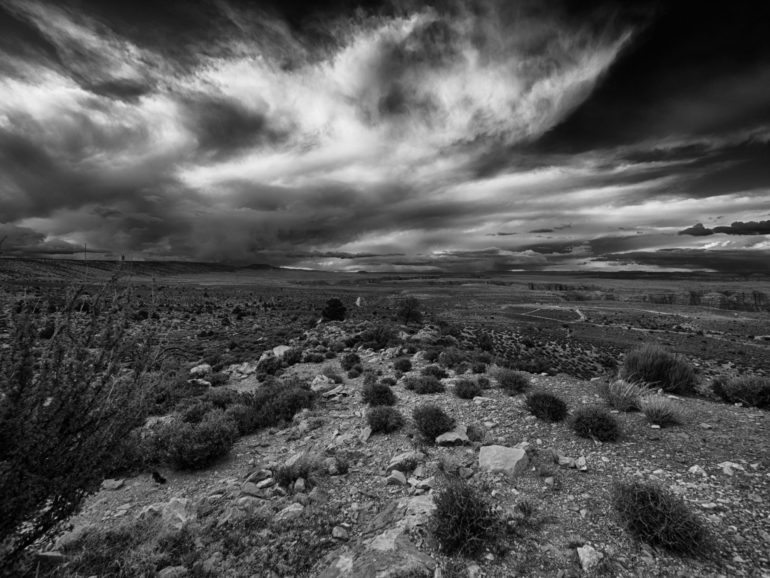
And that was it—I had the set of criteria I was looking for to guide me into a personal project…well, almost. I knew the style of images I wanted to make and the look I wanted to attain, but I needed to figure out how to create them in a way I could add an extra “something” to the process of creation—something to make it stand out from what I had been doing before. It was here that I decided I would send one of my OM-D E-M1s out for an infra-red conversion.
Why infra-red? Why not stay the course and shoot and process the way I had been doing all along? Why render a perfectly good camera unable to shoot color photos anymore?
With an infra-red conversion, specifically one converted to the 830nm wavelength, there is absolutely no color information being recorded by the camera’s sensor. So right out of the gate, I am shooting in black and white, eliminating the guessing game of what the image would look like in black and white. The conversion costs me about 1 stop of light, vs. 8-10 with an on the lens filter, so I am not forced into long exposures. Also, by converting at the 830nm wavelength, those dark dramatic skies are far more easily rendered with less post-processing involved. Not to mention, IR converted cameras tend to suffer less from the haze you see in landscape photos as haze is most visible in the red spectrum.
But the biggest thing for me about the conversion was that it makes me shoot outside my comfort zone—at least for now! This technique is far from a normal way to shoot. The scenes look so different! The green foliage of the trees is rendered white, and you get high contrast in your scenes when looking through the EVF.
It is these abnormalities that inspire me. I know I am creating something new, and I think that for a personal project to work out, it needs to have a new and unique style to it.
So while I can’t say that everyone should go out and void their warranty by getting an IR conversion done, I will say that everyone looking for a personal project should find the subject that truly speaks to their creative side and then come at it from a whole new direction.
I came at mine from a whole new wavelength.
I will leave you with two of the first images I made with my newly converted Olympus OM-D E-M1.
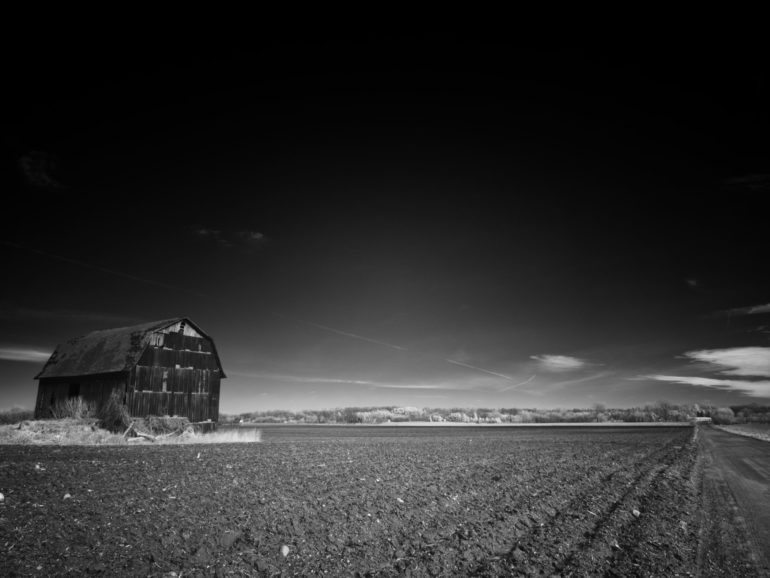
Country Mile: Lens used is M.Zuiko 12-40mm f/2.8 PRO
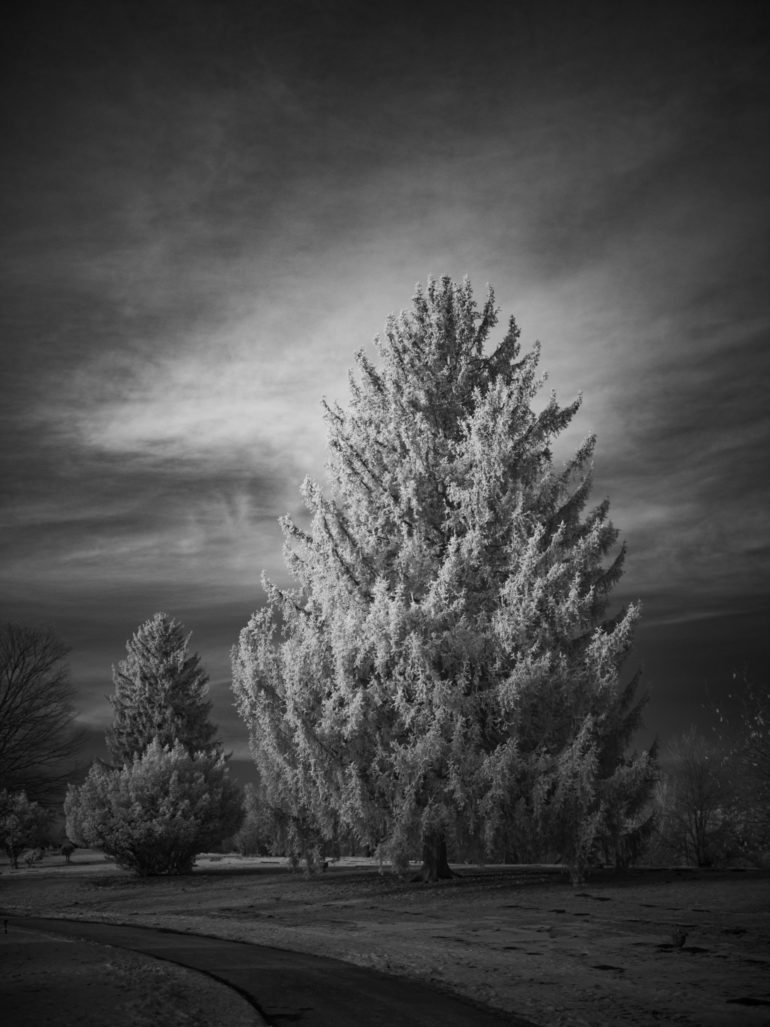
Giant : Lens used is the M.Zuiko 25mm f/1.2 PRO
Be sure to check out more from Jamie!


